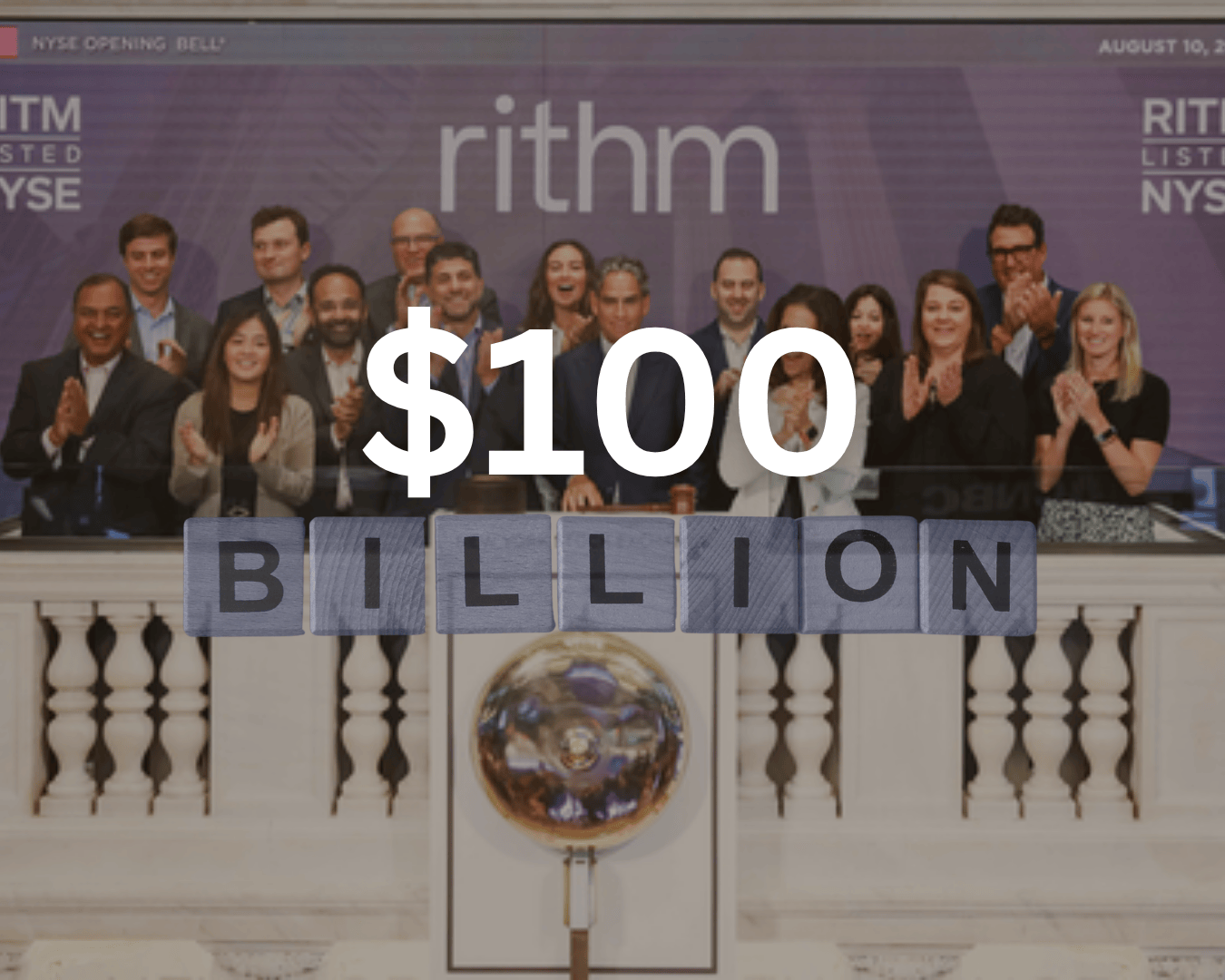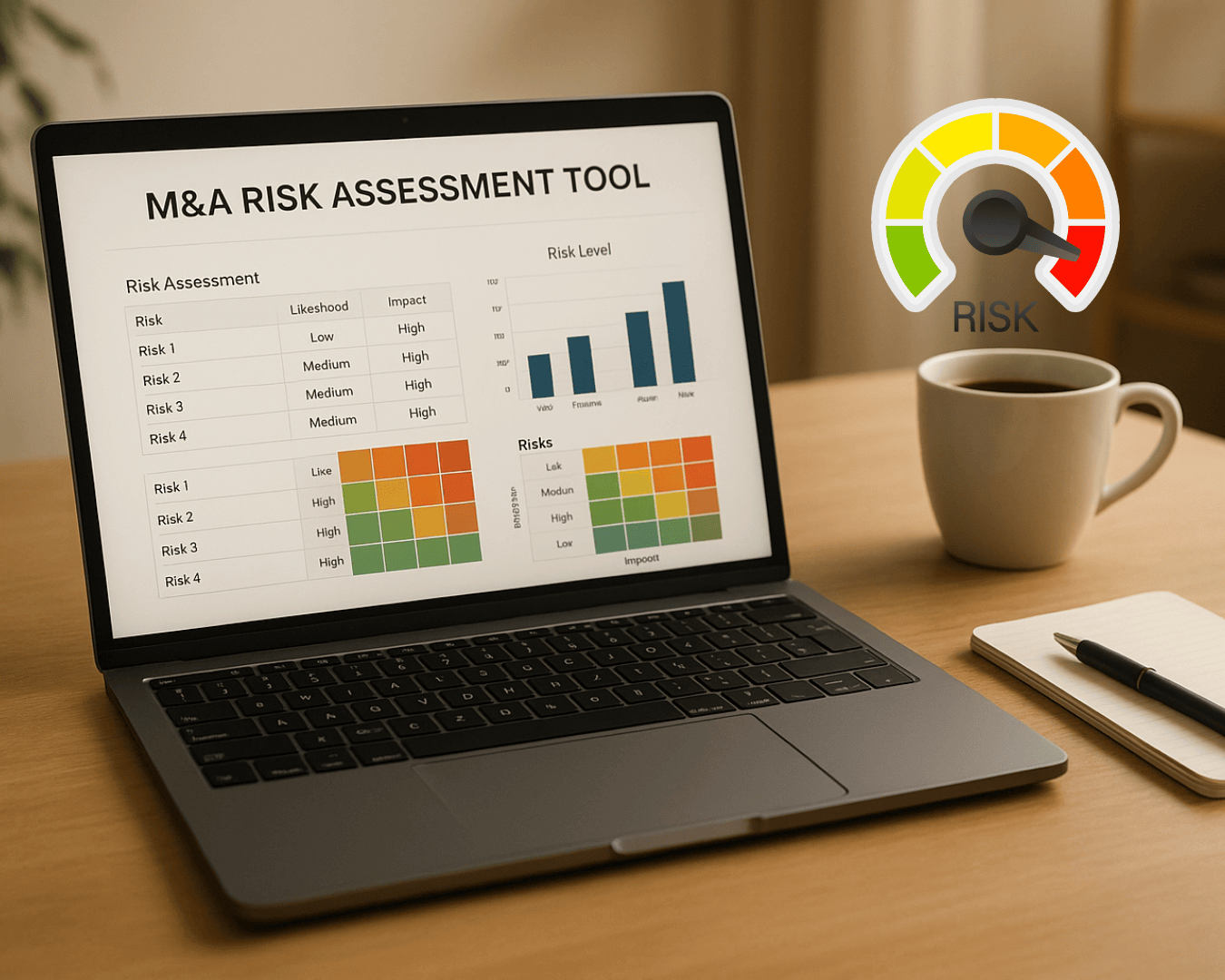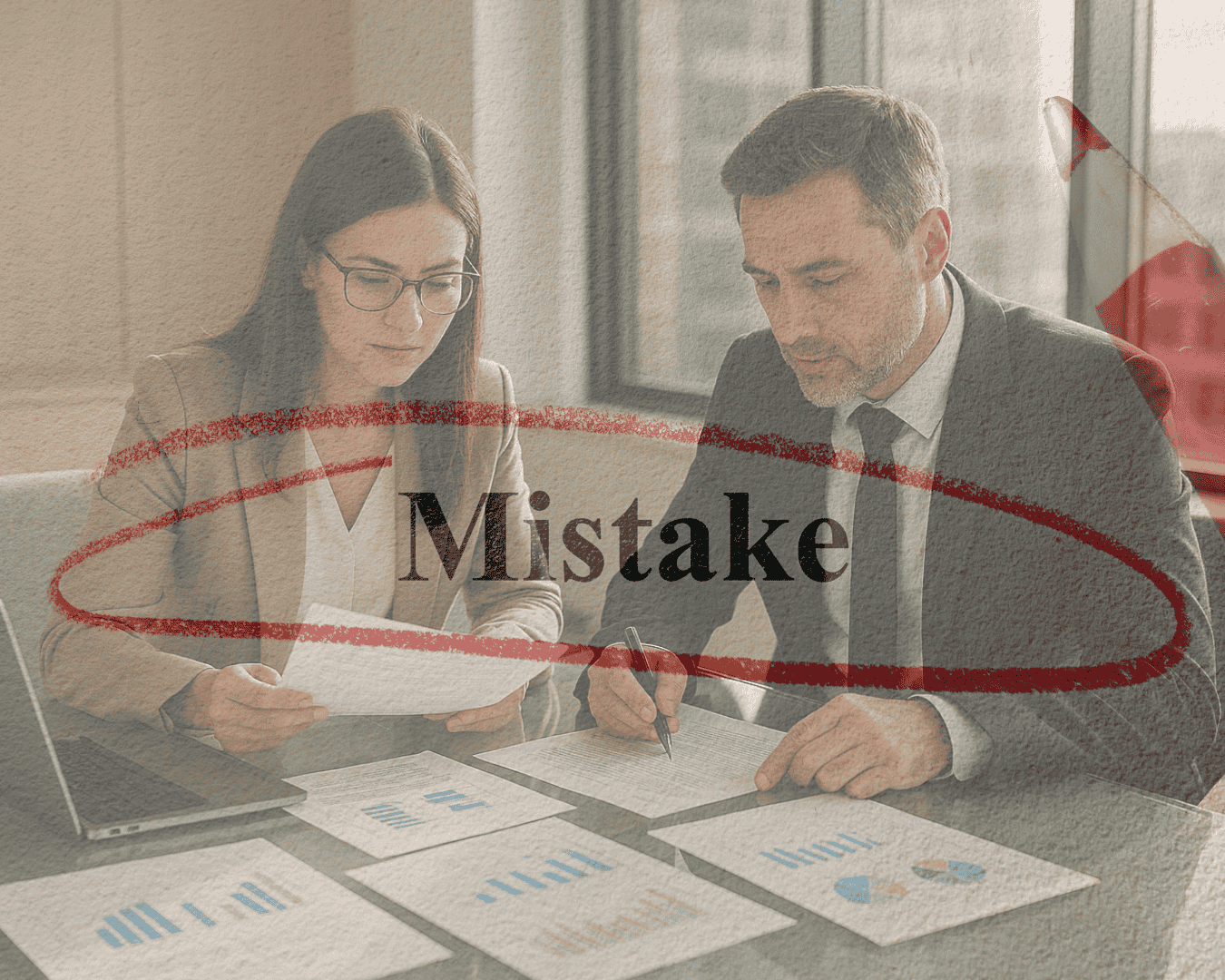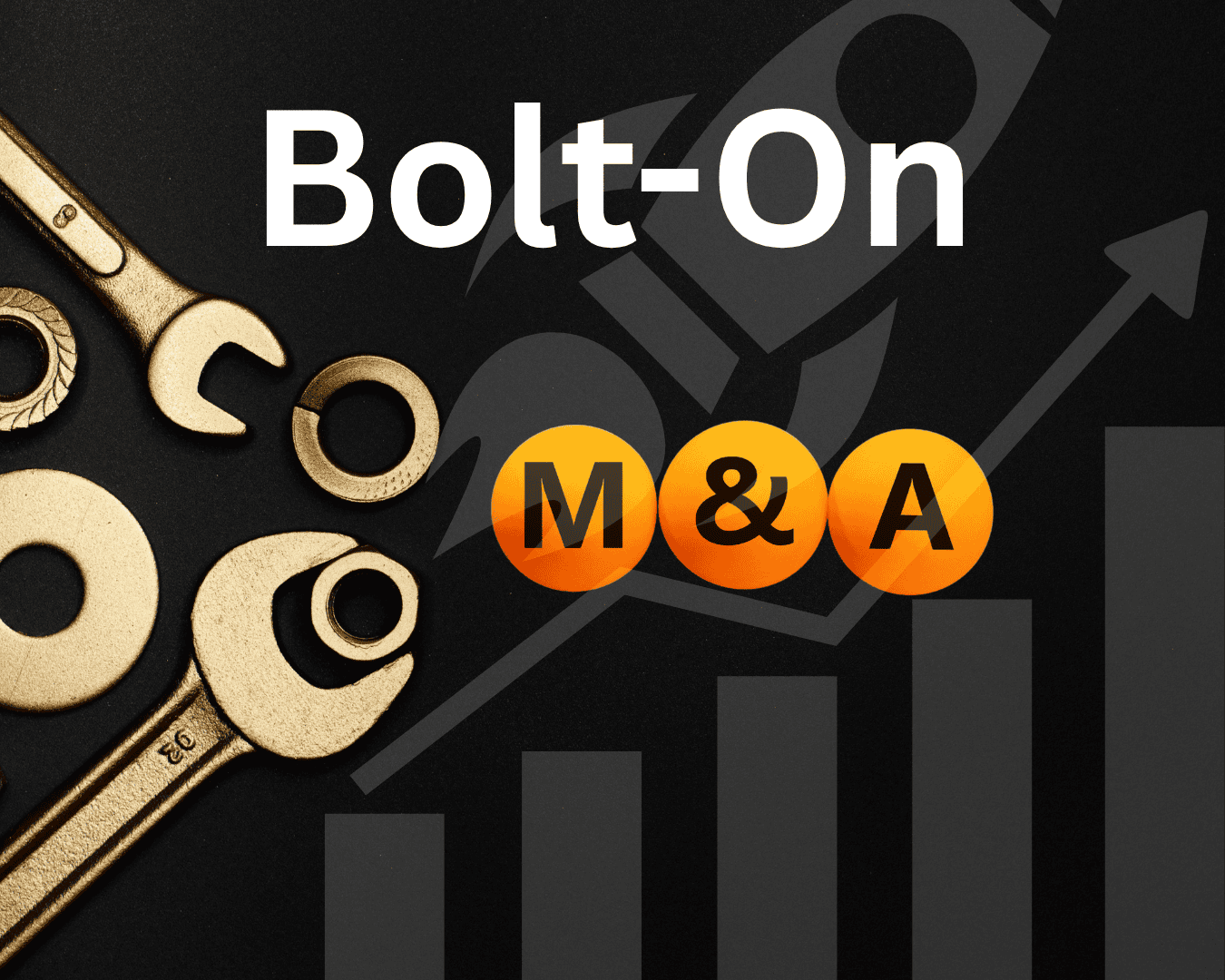Thrive Capital and General Catalyst are reshaping venture capital by acquiring and merging smaller AI companies to form larger, unified platforms. This approach focuses on gaining majority ownership, streamlining operations, and creating scalable solutions for industries like healthcare, finance, and manufacturing. Here's what you need to know:
- AI Roll-Ups: Consolidate niche AI firms into cohesive platforms, combining technologies like NLP and computer vision to address broader market needs.
- Why Now?: Industries reliant on outdated systems (e.g., healthcare, logistics) are seeking AI-driven modernization. Fragmented AI markets present ripe opportunities for consolidation.
- Thrive's Strategy: Focus on controlling stakes, retaining talent, and centralizing resources across acquired firms to boost efficiency and growth.
- General Catalyst's Approach: Invests heavily in creating AI-native vertical software companies that revamp traditional sectors through automation and integration.
Both firms are driving higher valuations for AI companies, increasing competition in the M&A space, and influencing how buyers, sellers, and investors navigate the evolving landscape.
The Revolution in Services: General Catalyst's AI Rollup Strategy, with Marc Bhargava

How Thrive Capital Executes AI Roll-Ups

Thrive Capital combines the sharp instincts of venture capital with the hands-on operational approach of private equity to build robust AI platforms through well-planned acquisitions. At the same time, they work hard to preserve the innovative culture of the companies they acquire. This dual strategy positions Thrive Capital as a key player in unifying and advancing the AI market.
Thrive Capital's Investment Approach
Thrive Capital's strategy revolves around acquiring controlling stakes in promising AI companies, allowing them to steer strategic decisions and ensure smooth integration across their portfolio. They focus on retaining founding teams and top technical talent to keep the entrepreneurial drive that made these companies successful in the first place. Thrive typically targets businesses with a proven market fit that are ready to scale, especially in sectors like healthcare, financial services, and manufacturing - industries where AI adoption is growing quickly.
Streamlining Operations and Building Value
Once acquisitions are complete, Thrive Capital takes steps to centralize key functions like sales, customer success, and technical infrastructure. This streamlining helps cut costs and boosts overall efficiency. By fostering collaboration across their portfolio, they enable companies to share expertise and resources, unlocking new opportunities. Thrive also focuses on placing top talent in leadership roles across the consolidated organization, ensuring the right people are driving growth. This interconnected approach often leads to stronger revenue streams through integrated product offerings.
Notable AI Platform Acquisitions
Thrive Capital's strategy has led to impactful acquisitions across a variety of industries. In healthcare, they’ve brought together companies offering specialized AI-driven solutions. In financial services, their acquisitions include firms excelling in fraud detection, credit scoring, and regulatory compliance. Meanwhile, in manufacturing, Thrive has integrated companies with expertise in predictive maintenance, quality control, and supply chain optimization. By aligning complementary technologies, Thrive Capital creates unified platforms that deliver greater value and improve operational efficiency across the board.
General Catalyst's AI Platform Consolidation Methods
General Catalyst has moved beyond simple acquisitions, adopting a bold approach to reshape industries with AI-native platforms. This strategy, known as the "Creation Strategy", is all about transforming traditional service providers by leveraging artificial intelligence.
General Catalyst's Creation Strategy
General Catalyst’s approach is rooted in building platforms that drive impactful acquisitions. The firm has allocated a massive $1.5 billion to this strategy, aimed at developing AI-driven vertical software startups. These startups act as engines for acquiring and modernizing traditional businesses.
The process begins with a detailed analysis of service categories. General Catalyst has examined 70 areas to pinpoint 10 verticals where AI could automate 30–70% of tasks with current technologies. This deep dive helps the firm identify fragmented, low-margin industries ripe for transformation. Once a target vertical is chosen, General Catalyst launches an AI-native company. These companies are supported by dedicated acceleration teams made up of engineers and product managers. Their mission? To use AI automation to turn inefficient service sectors into scalable, software-like operations. By deploying proprietary AI tools, they integrate new solutions, enhance existing products, and streamline operations across the board.
Vertical Integration and AI Productivity Improvements
This method not only modernizes outdated processes but also positions portfolio companies to achieve higher productivity and scalability. The result? Companies that are better equipped to thrive in an AI-driven world.
Scale and Commitment to AI Roll-Ups
General Catalyst has also committed $750 million specifically to roll-up initiatives. Beyond financial investment, the firm focuses on long-term ownership and continued reinvestment in the companies it acquires. Deals often include earn-out arrangements, allowing founding teams to stay actively involved in the business. By standardizing AI tools across its portfolio, General Catalyst is able to scale effective solutions rapidly and consistently.
sbb-itb-a3ef7c1
How AI Roll-Up Strategies Affect Buyers, Sellers, and Investors
The rise of AI roll-up strategies, driven by major venture capital firms like Thrive Capital and General Catalyst, is shaking up the U.S. mergers and acquisitions (M&A) scene. This shift is influencing how deals are sourced and valued, impacting everyone from small business owners to institutional investors.
Effects on Business Buyers and Sellers
For business buyers, the M&A landscape is becoming more competitive. With well-funded AI platforms snapping up fragmented industry targets, smaller buyers and individual investors must act quickly to secure opportunities. The pressure to move fast has never been greater.
Valuations are also shifting, particularly in sectors primed for AI automation, such as professional services, logistics, and healthcare administration. Businesses in these industries are now commanding higher valuations as VC-backed platforms compete aggressively for market share. For small business owners, this could mean receiving stronger offers if their operations align with an AI consolidation strategy.
However, for sellers, this new environment is a mixed bag. On one hand, traditional service businesses often attract multiple suitors, including AI-driven platforms eager to modernize existing operations. On the other hand, these deals frequently include earn-outs or require sellers to stay involved during the transition period - factors that may not align with every owner's exit plans.
The competitive nature of deal sourcing has also pushed buyers to adopt more systematic approaches. This shift is creating ripple effects that are reshaping how investors approach the market.
Investment Opportunities in AI Roll-Ups
For individual investors and smaller funds, this trend presents a variety of opportunities. Co-investing alongside major VC firms has become more accessible, especially for those who bring industry expertise or operational know-how to the table. Additionally, the secondary market is opening up, as early investors in AI platforms seek liquidity before traditional exit timelines. This provides long-term investors a chance to acquire stakes in established platforms at attractive terms.
The small and medium-sized business (SMB) lending market is also being influenced by AI roll-ups. Traditional lenders are increasingly partnering with these platforms to finance acquisitions, creating new opportunities for debt investors. Structured lending options, backed by diversified revenue streams, are becoming a viable way to participate in this evolving market.
Sector-specific investment trends are emerging as well. Funds focused on areas like healthcare AI, logistics automation, and professional services are gaining traction, enabling investors to specialize and tap into a steady stream of opportunities within these verticals.
How AI-Driven Brokerage Platforms Help
AI-driven brokerage platforms are leveling the playing field for buyers and sellers navigating large-scale consolidation trends. These platforms integrate technology-driven solutions to streamline the process and improve outcomes for all parties involved.
For buyers, these platforms offer advanced tools for deal sourcing, providing access to extensive databases of potential targets - including businesses that aren’t actively listed for sale but might consider the right offer. Integrated financing options connect buyers with lenders and offer creative solutions like seller notes, earn-outs, and mezzanine financing. Tools for valuation and due diligence allow buyers to quickly evaluate opportunities and make competitive offers without unnecessary delays. Secure data rooms and streamlined transaction management further reduce the time and complexity of acquisitions.
For sellers, these platforms open the door to a wider pool of potential buyers, ranging from individual acquirers to institutional platforms. By marketing to multiple buyer types simultaneously, sellers can generate competitive interest, leading to better valuations and more favorable terms. This approach helps sellers optimize their exit strategies and achieve their financial goals with greater efficiency.
The Future of AI Roll-Up Strategies in the U.S.
AI roll-ups are changing the game in the U.S. small and medium-sized business (SMB) acquisition market. As these strategies continue to evolve, they’re shaping a new landscape for deal-making that could have long-lasting effects. The lessons learned so far are building on earlier successes in consolidating and streamlining operations.
Key Takeaways from Thrive Capital and General Catalyst
For AI roll-ups to succeed, it takes more than just capital and a few AI tools. The real challenge lies in reworking fragmented industries from the ground up. Thrive Capital and General Catalyst have shown that combining financial resources with operational expertise is the key to making these strategies work.
One major focus is vertical-specific consolidation. By zeroing in on specific industries, these platforms can achieve deeper operational improvements and integrate AI in ways that create a stronger competitive edge. This approach not only makes it harder for competitors to enter the market but also establishes a more resilient business model.
Another important lesson is the emphasis on building complete ecosystem solutions. Instead of merely acquiring individual companies, these platforms aim to create systems that serve entire industries. This strategy has proven to deliver long-term advantages by addressing broader needs rather than isolated problems.
Timing plays a crucial role in their success. Industries that are fragmented, reliant on manual processes, and heavily regulated are ripe for AI-driven consolidation. Sectors like healthcare administration, professional services, and logistics stand out because they offer large markets with clear opportunities for automation.
Finally, the importance of acquiring top talent can’t be overstated. Both Thrive Capital and General Catalyst have invested in building strong operational teams, moving beyond the traditional venture capital approach to take a more hands-on role in their platforms’ success.
What’s Next for AI Roll-Ups in the U.S. SMB Market?
As these strategies mature, the next steps will focus on scaling up and fine-tuning integration methods.
A key shift will be targeting larger, more complex mid-market acquisitions. This will require not just more sophisticated financing but also a deeper operational playbook to manage the complexities of bigger deals.
Expanding geographically is also becoming a priority. Many successful AI platforms are now looking beyond major cities to secondary and tertiary markets. As competition heats up in metropolitan areas, these smaller markets are emerging as the next frontier for acquisitions.
Another trend to watch is the democratization of roll-up strategies. Smaller funds and individual investors are starting to adopt similar approaches, often focusing on niche industries or specific regions. AI-driven platforms are playing a big role here, making it easier for these smaller players to handle deal sourcing, valuation, and due diligence.
However, regulatory scrutiny is expected to increase as these platforms grow. Industries that see high levels of consolidation may face antitrust concerns, which could slow down the pace of acquisitions. Platforms that can clearly show benefits for consumers and tangible operational improvements will be better positioned to navigate this environment.
The financing landscape is also changing. Traditional SBA loans are adapting to accommodate platform acquisitions, while new debt products tailored for roll-up strategies are emerging. These developments are opening the door for a broader range of investors and operators to get involved in consolidation efforts.
On the technology front, integration is moving beyond basic automation. Platforms are incorporating advanced tools like predictive analytics, customer behavior modeling, and supply chain optimization. The winners in this space will be those that can prove their tech leads to better customer outcomes, not just streamlined operations.
The U.S. SMB market’s reaction to these trends will ultimately determine how sustainable they are. Business owners are becoming more savvy about their exit strategies, with many now favoring platform acquisitions that offer growth potential over traditional buyouts. This shift in mindset is creating new opportunities for well-prepared platforms, while putting pressure on those relying solely on financial maneuvers.
FAQs
How do Thrive Capital and General Catalyst's AI roll-up strategies stand out from traditional venture capital methods?
Thrive Capital and General Catalyst are breaking the mold with their private equity-style roll-up strategy aimed at building platforms centered around AI. Unlike traditional methods that depend heavily on debt or drastic cost-cutting, their focus is on acquiring smaller companies and using AI-powered efficiencies to enhance scalability and improve profit margins.
This approach prioritizes consolidation and creating synergies, enabling the development of strong, AI-driven platforms that can hold their own in a competitive landscape. It reflects a forward-thinking mindset, recognizing AI's growing role in shaping innovation and business growth.
Which industries stand to gain the most from Thrive Capital and General Catalyst's AI roll-up strategies?
Industries with a fragmented structure, such as healthcare, financial services, logistics, and retail, are poised to gain the most from the roll-up strategies employed by firms like Thrive Capital and General Catalyst. These sectors hold immense potential for AI-powered transformation, offering ways to simplify processes, improve decision-making, and expand operations effectively.
By bringing smaller companies together and creating AI-centric platforms, these strategies open doors to greater efficiency, enhanced customer experiences, and faster growth. Businesses in these fields can use AI to tackle intricate problems while maintaining a competitive edge in today’s tech-focused world.
What challenges do AI roll-up strategies face with regulations and competition?
AI roll-up strategies often face tough hurdles, particularly when it comes to regulatory scrutiny and market competition. Antitrust regulators are keeping a closer eye on acquisitions, especially in key industries like technology and AI, where market concentration could raise red flags. This heightened attention means deals may undergo more rigorous evaluations and require stricter adherence to compliance rules.
On top of that, the fast-paced adoption of AI tools brings its own set of challenges. Issues like self-preferencing, predatory pricing, and price discrimination have become areas of concern. Companies looking to consolidate in the AI sector must tread carefully, balancing their growth ambitions with the need to meet regulatory expectations and uphold fair competition in the market.


























.png)








































%20Loan%20Application%20Checklist.png)










































